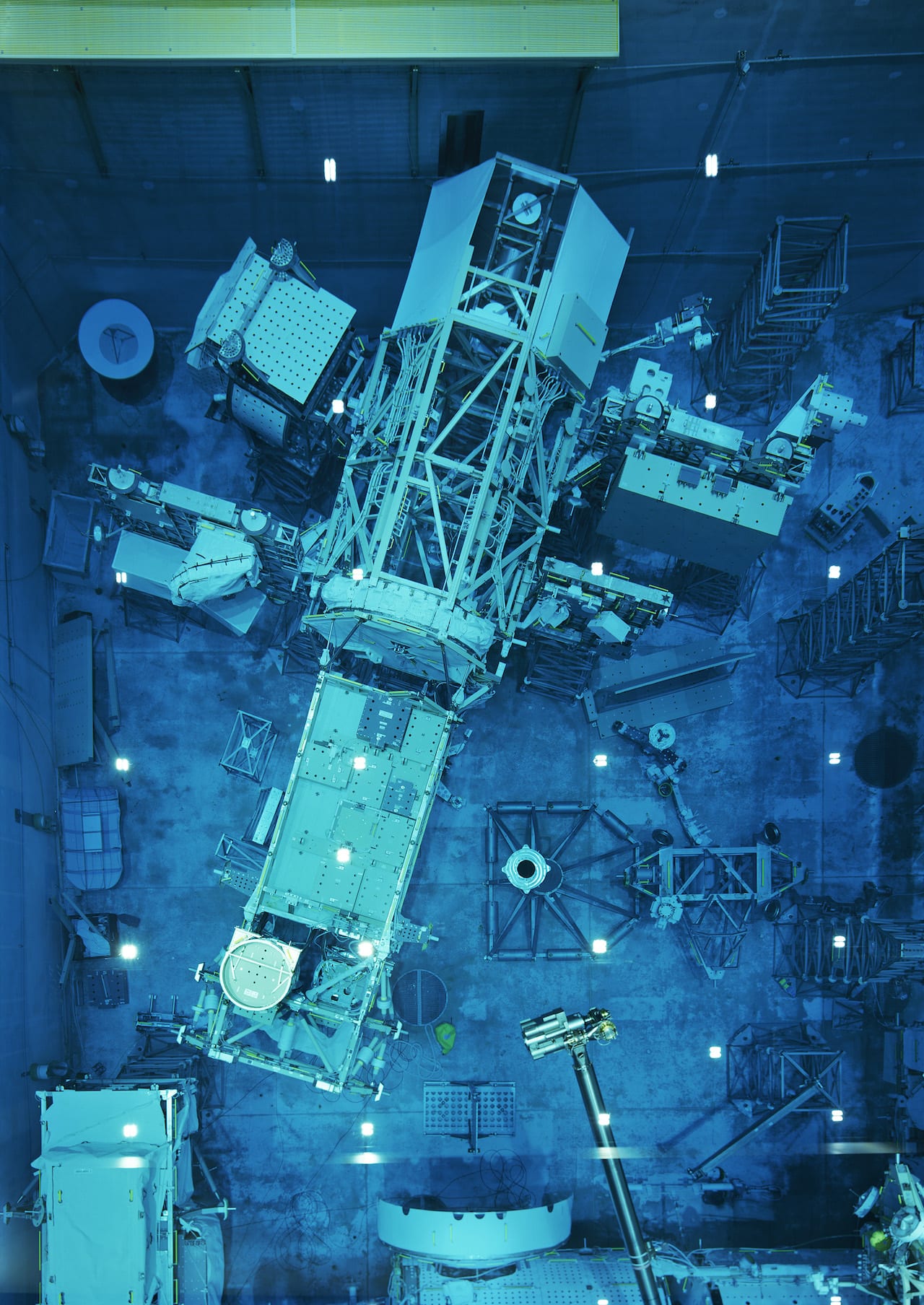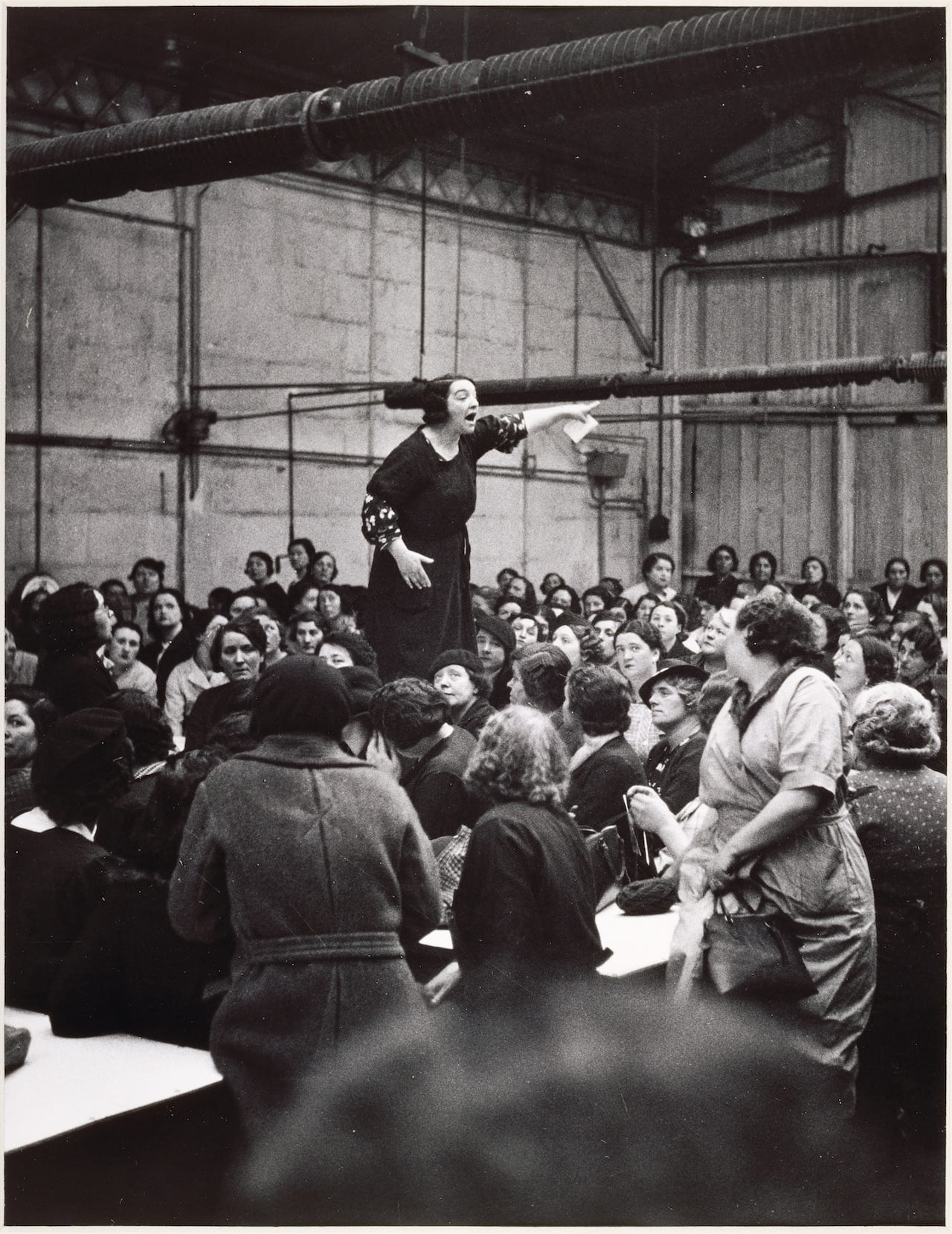With Nature & Politics, Thomas Struth told BJP back in 2017, he hopes to “open doors to what our minds have materialised and transformed into sculpture, and to scrutinise what our contemporary world creates in places which are not accessible to most people”. Shot at industrial sites and scientific research centres throughout the world over the last 10 years, the large-scale colour images show the strange contraptions created at the cutting-edge of technology.
But these images also, he told BJP, say something about his own relationship to the world, and the place in which he finds himself at this particular point in time. “I am an observer and participant in contemporary culture, and what matters to me is that I can only being something new depending on my situation in my own life,” he said. “When I was at school, 1984 seemed like a futuristic date. To have reached the age of 62 feels incredibly strange and choking, and to acknowledge the reality that I have perhaps 20 or 25 years left. There are complex evaluations that play a role in what I am attracted to, and I try to find the pictorial equivalent.”


